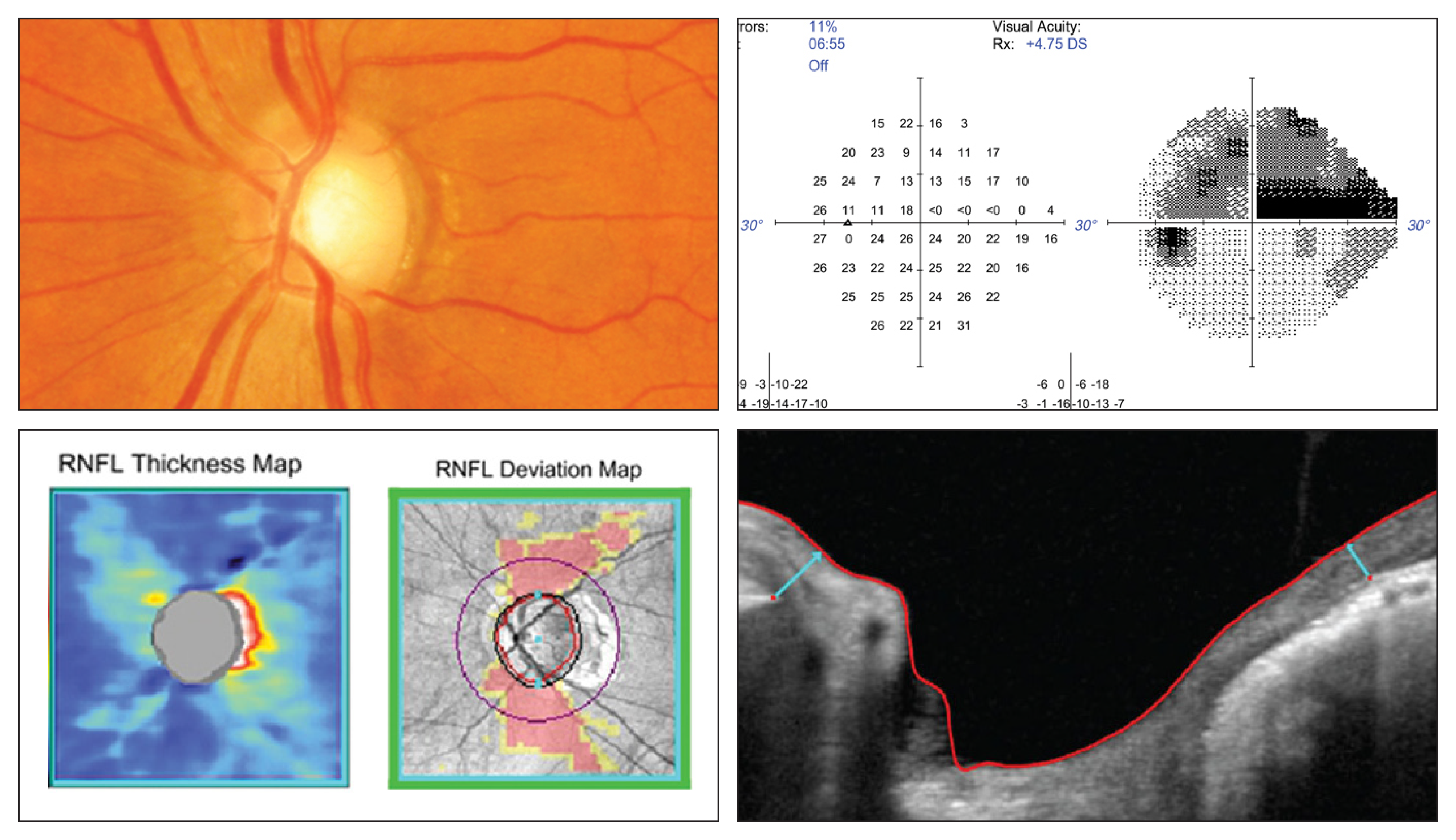 |
|
Data suggests that older patients, residents of areas with higher social vulnerability index values and eyes with moderate or severe glaucoma at baseline or elevated IOP during follow-up are more likely to develop glaucoma-related severe visual impairment or blindness during routine follow-up. Photo:Michael Chaglasian, OD, James Fanelli, OD. Click image to enlarge. |
Recent research uncovered several key risk factors for the development of severe visual impairment or blindness during routine follow-up in a large, diverse population of glaucoma patients. Among these factors were older age, elevated IOP during follow-up, moderate or severe disease at baseline and residence in areas associated with greater social vulnerability.
These findings, published in American Journal of Ophthalmology, also suggest that geocoded EHR data on social risk factors could support the identification of patients at an elevated risk for glaucoma-related visual impairment, the investigators reported.
This cohort study, which included patients diagnosed with open-angle glaucoma (OAG) at a tertiary care institution, aimed to identify risk factors for the development of severe visual impairment or blindness during follow-up via a large, diverse EHR database.
Among the study population, all eyes had glaucomatous visual field defects at baseline. Researchers extracted sociodemographic and ocular data from the EHR. This included age, gender, self-reported race and ethnicity, insurance status, OAG type, prior glaucoma laser or surgery, baseline disease severity using Hodapp-Anderson-Parrish criteria, mean intraocular pressure (IOP) during follow-up and central corneal thickness. Geocoded patient residences were used to obtain social vulnerability index (SVIndex) data at the census tract level.
The analysis included 4,046 eyes from 2,826 patients. Study participants were followed for an average of 4.3 ±2.2 years and data showed that severe visual impairment or blindness developed in 79 eyes (2%) from 76 patients (2.7%) after an average of 3.4 ±1.8 years. Therefore, the incidence rate of severe visual impairment or blindness was 0.5% per year, according to the study authors.
Researchers identified older age, residence in areas with higher social vulnerability index, higher IOP during follow-up and moderate or severe glaucoma at baseline as risk factors for the development of severe visual impairment or blindness. Additionally, they found that socioeconomic, minority status/language and housing type/transportation social vulnerability index themes were key contributors as well.
“Future work will evaluate the impact of more granular social risk factor data on this outcome measure,” the investigators concluded in their American Journal of Ophthalmology paper. “Knowledge of these risk factors can aid clinicians in identifying patients who may benefit from additional support due to their greater risk for developing glaucoma-related severe visual impairment or blindness.”
Swarup S. Swaminathan SS, Medeiros FA, Gedde SJ. Impact of Social Vulnerability Index on the Development of Severe Visual Impairment or Blindness from Glaucoma. Am J Ophthalmol. July 3, 2024 [Epub ahead of print]. |


